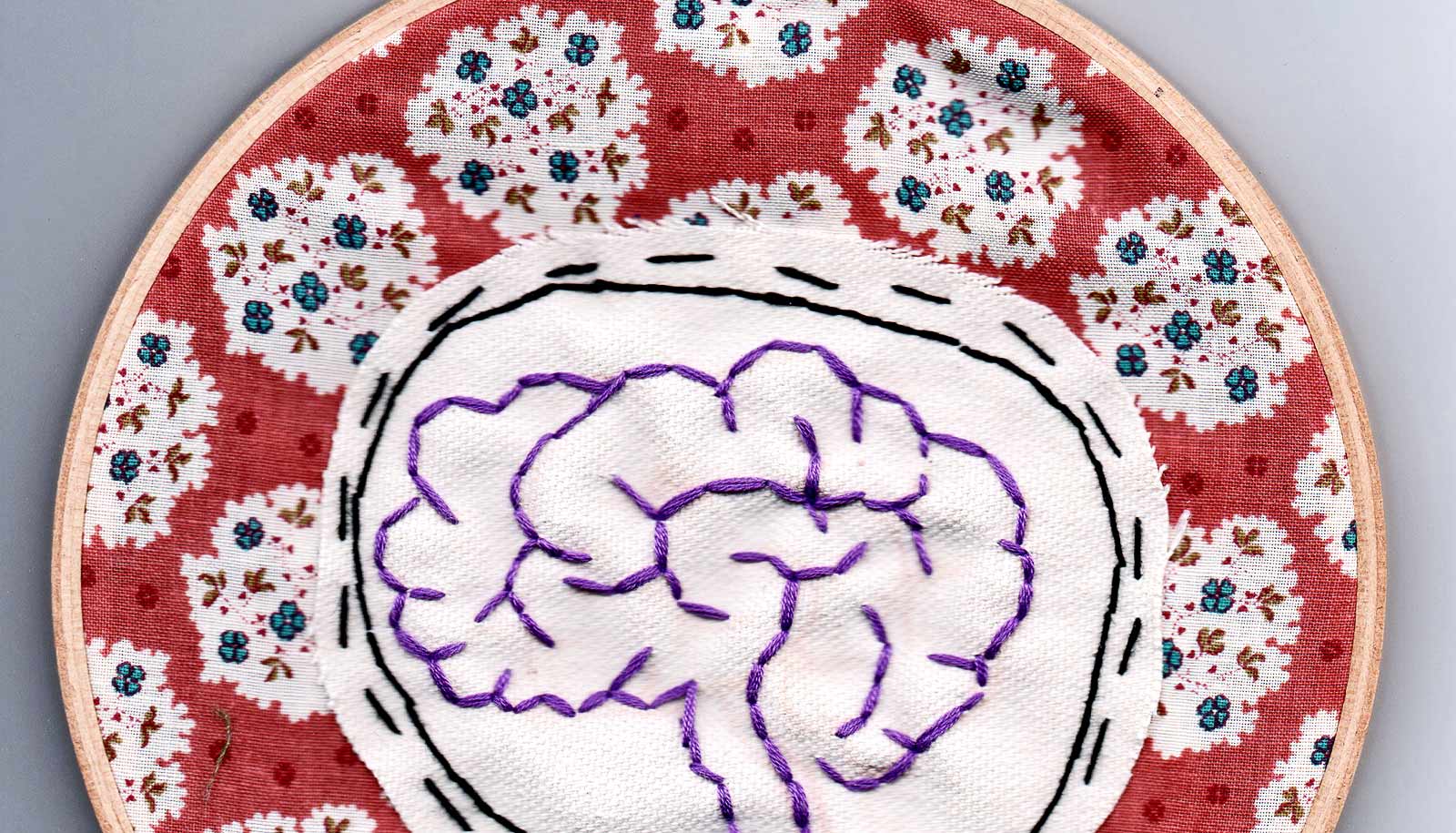New software could help neuroscience researchers and clinicians understand more about the brain and find biomarkers for disease.
The human brain contains about 90 billion neurons, but Stephanie Jones, an associate professor of neuroscience at Brown University, doesn’t let that staggering number faze her.
She just released a user-friendly version of her new software tool to the public. The software models the neural circuits in the outer layers of the brain, which produce the electrical activity monitored by noninvasive techniques such as electroencephalography (EEG).
“This software is a hypothesis development and testing tool for neuroscience researchers and clinicians,” says Jones, who is affiliated with Brown’s Carney Institute for Brain Science and the Center for Neurorestoration and Neurotechnology. “I hope it is transformative to medicine.”
Jones says that despite prevalent use of EEG in clinical settings, the electrical activity the technique monitors is not currently established as a biomarker for any condition other than epilepsy.
“With our tool, EEG could be used to guide treatment for patients based on new knowledge of what’s happening in the underlying neural circuits—defining biomarkers of disease states, discovering treatments, and measuring if a treatment is working,” Jones says. “We want to put it in the hands of a large user-base of researchers who are interested in having a tool like this but aren’t interested in modeling thousands of coupled differential equations themselves.”
The software, called the Human Neocortical Neurosolver, is free and open source and includes tutorials to help researchers use it to understand normal brain function and abnormal brain activity in patients and make predictions about the neural circuits. Researchers can upload EEG recordings from patients and then adjust various parameters of the neural circuits to match and explain the patient data.
A prior version of the model was used to identify an underlying cause of differences in sensory processing in autistic children, Jones says.
In addition to aiding clinicians with treatment development, the software will also advance neuroscience, Jones says.
“Ultimately what we want to do is bridge the gap between the genetic and molecular changes in rodent models of diseases to the neural circuit level, all the way up to the signals that can be recorded outside the head.”
The National Institutes of Health funded the development of the user-friendly version of the software.
Additional researchers who collaborated on the software are from Brown, Massachusetts General Hospital, and Yale University.
Source: Brown University



